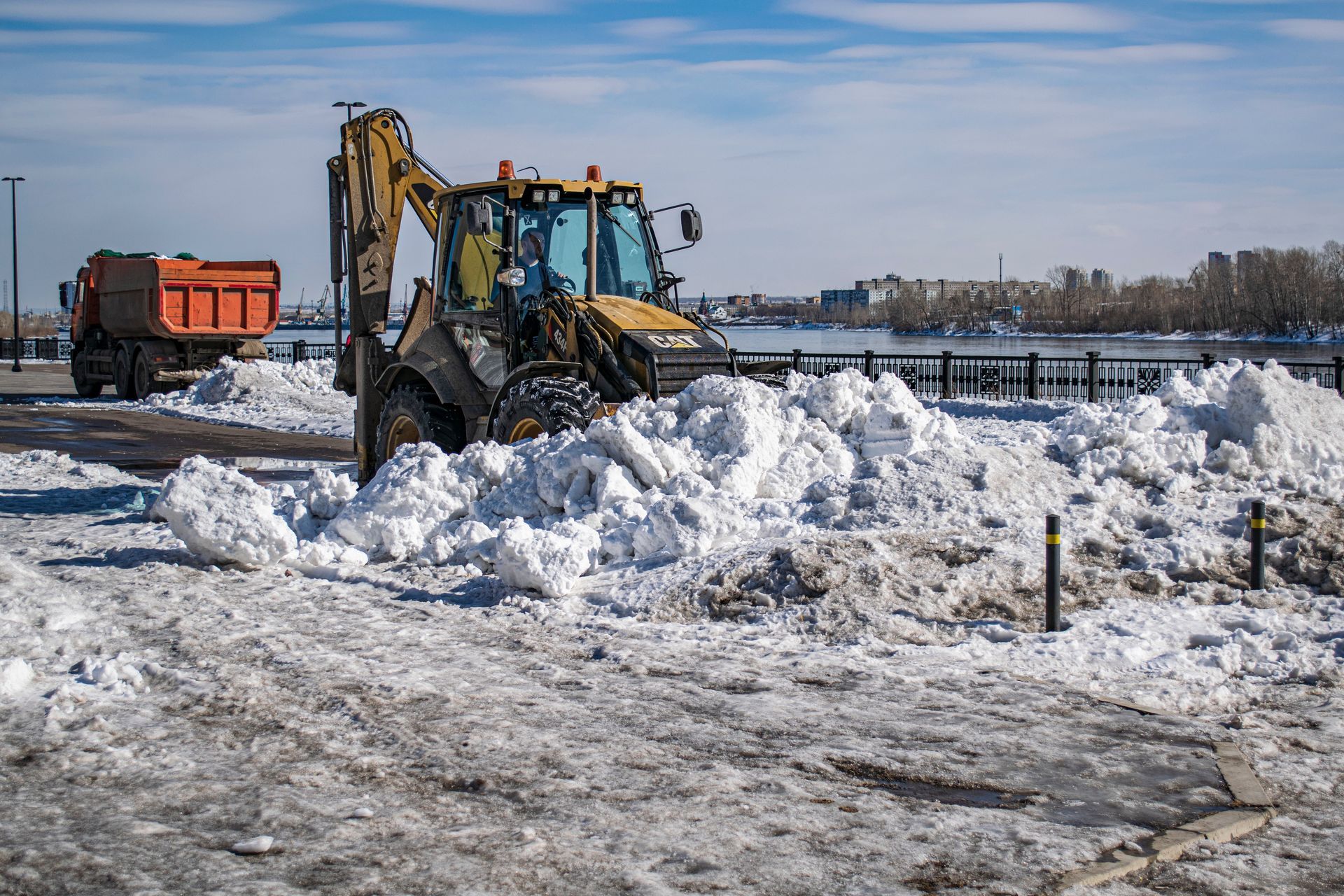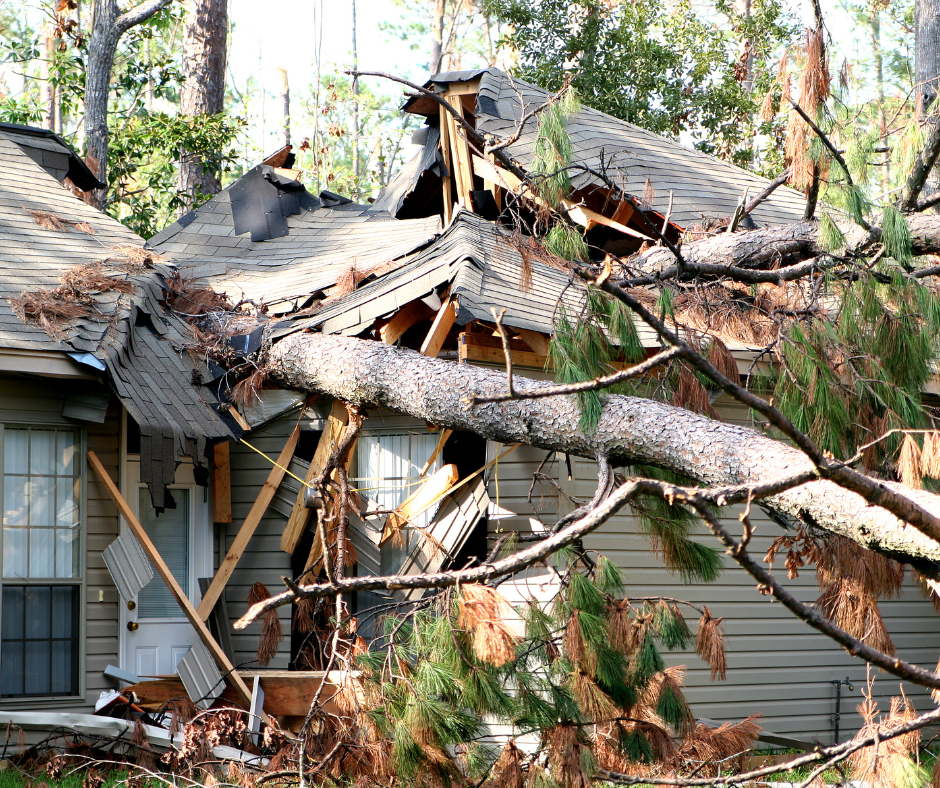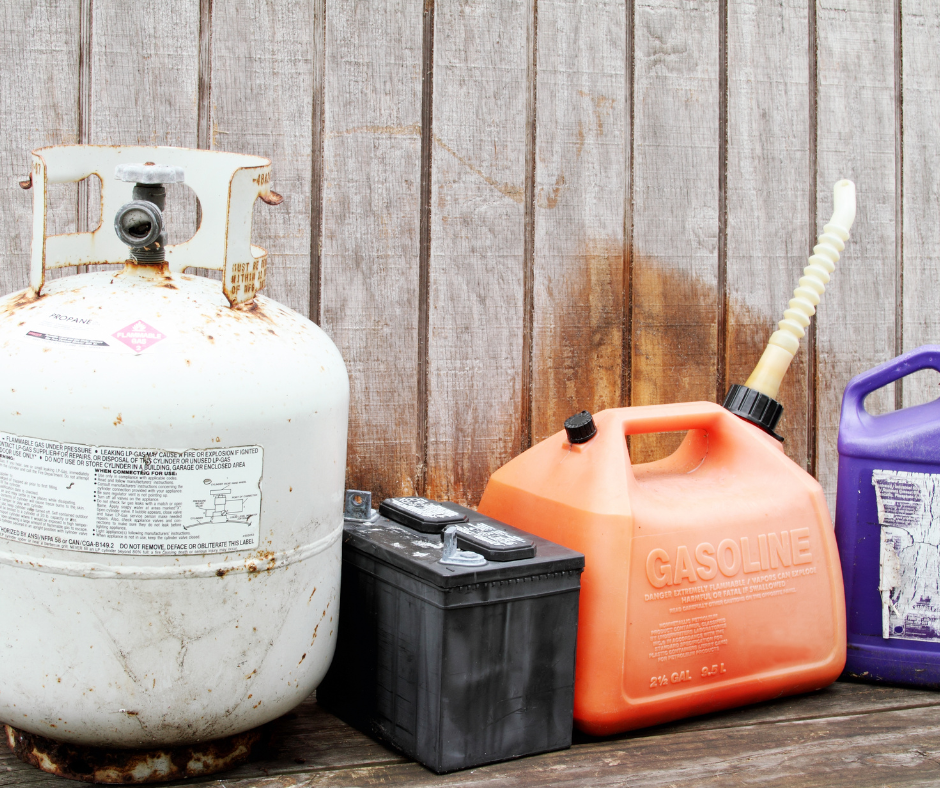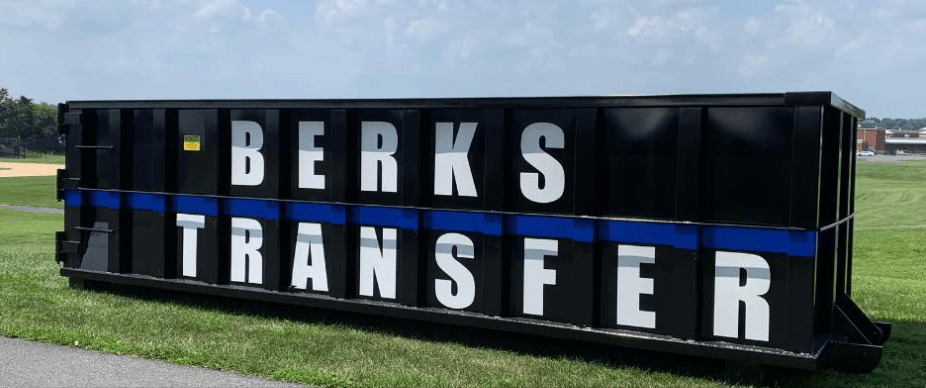
In certain parts of the U.S., cold weather can hit as early as October and can last until May. Even in states that have an unpredictable winter, such as Pennsylvania, it’s important to make sure those who work outside are protected from the cold. This means being prepared for a drop in temperature, which can lead to cold stress. While cold stress is a broad term, it’s when the internal body temperature drops due to prolonged exposure to cold temperatures. Most think cold stress happens only outdoors, but it can also occur indoors.
What is Cold Stress?
While it’s obvious that cold stress affects those who work outside for long periods of time, such as sanitation, construction, and utility repair workers, it can also affect those who work inside where there are cold temperatures (e.g., refrigerated warehouses). Cold stress occurs when the body cannot maintain its core internal temperature in the cold. Thus, the body works to keep its core (chest and abdomen) warm by drawing away blood from the hands, feet, skin, arms, and legs. When these areas cool, that’s when serious conditions can occur. Also, there are risk factors for cold stress, including wet/damp clothing, dressing improperly, and predisposing health conditions.
Types of Cold Stress
There are three types of cold stress and each has a range of symptoms. Once a worker begins to experience a symptom, treatment should be administered immediately.
Frostbite – The name isn’t too far off from what happens inside the body as the core temperature goes down quickly. Ice begins to form on the inside of the body after long periods of exposure. The ice prevents the movement of blood through the capillaries, which deprives body tissue of oxygen and nutrients. Frostbite starts out as numbness of limbs and can escalate to blisters or black scabs on affected areas. Left untreated, amputation of damaged tissue may be warranted. Treatment includes moving the worker to a warm, dry area and cover affected area with a dry cloth to protect it from contact until help arrives.
Hypothermia – From the English “hypo” meaning below and the Greek “thermē” meaning heat, hypothermia is a condition in which the body loses heat faster than it can produce. Once the body’s stored up heat is depleted, hypothermia sets in. The symptoms include uncontrollable shivering, slurred speech, lack of coordination, unable to walk or stand, confusion, and severe muscle stiffness. Treatment depends on the level of hypothermia – mild, moderate, or severe. No matter the level, call 9-1-1 immediately.
Trench Foot – Also called immersion foot, trench foot occurs when feet are immersed in cold water for long periods of time. It’s similar to frostbite, but not as severe. Symptoms include a tingling sensation, leg cramps, swelling, and blisters. Remove the wet shoes and socks and dry the feet while waiting for medical attention. For severe cases, call 9-1-1 immediately.
Preventing Cold Stress
First and foremost, workers should receive training on recognizing and preventing cold stress. It is vital that the worker dress appropriately for the weather and in layers (at least three). Wear a hat, insulated boots, and insulated gloves as well as keep a change of dry clothes in case they get wet. If you get hot while working, open your jacket, but take nothing off. Also, the fabric of your outer wear is important. It is recommended to use fabric that does not lose its insulation qualities like cotton. Wool is the best choice since it retains heat even when wet.
While working, drink plenty of warm liquids to prevent becoming dehydrated and schedule frequent breaks in warm areas. If possible, work with a partner and near a radiant heater.
At Berks Transfer, the safety our team is paramount. They are dressed for the weather with the proper personal protection equipment. The team works hard to keep our facility working at optimal levels. This means they are outside assisting customers and transferring waste to appropriate disposal facilities as quickly and efficiently as possible. Contact us today to learn more!















